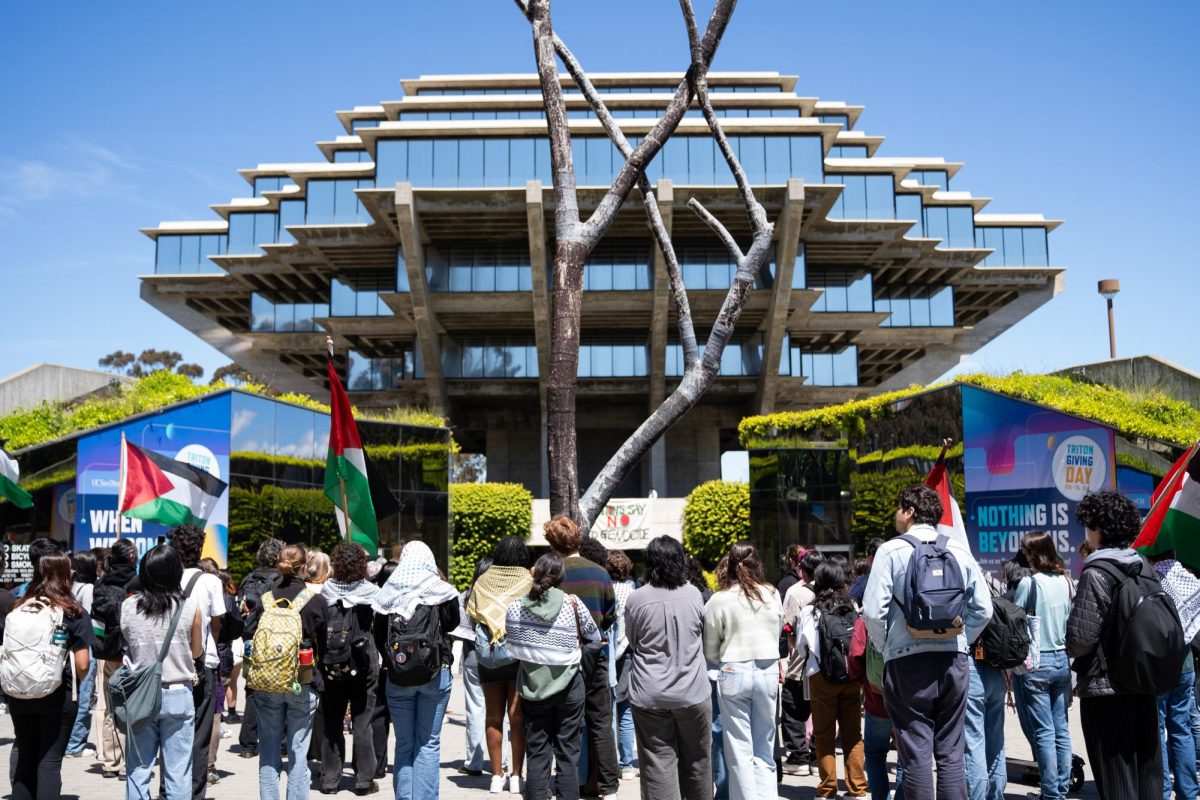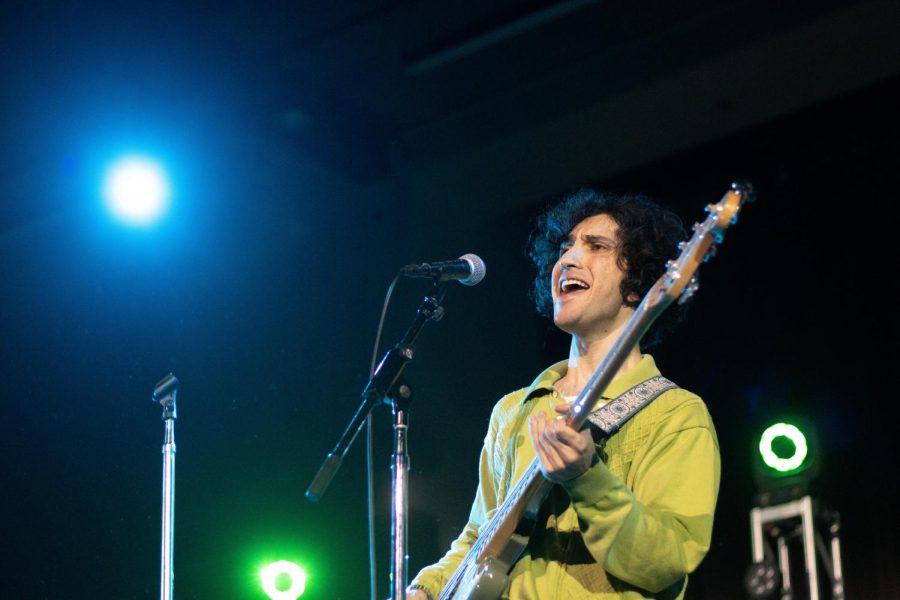On the first day of my Physics 8 class, my professor said “”Two students no longer go to this school because they plagiarized in my last class.””
The professor then went on to further break down what was considered cheating, such as submitting work that is not solely yours or has not been properly attributed.
I applaud this professor for being so up-front about what is acceptable and unacceptable behavior in the course, and clearly explaining the consequences — possible expulsion from college.
The consequences for being found guilty of academic dishonesty are catastrophic and life-altering. Expulsion has far-reaching consequences: After being expelled from college, attending medical school and becoming a doctor is virtually unattainable. The fact that you were expelled from school for cheating will be on your transcript for life. You’ll forever go through life branded a cheater and a dishonest person.
Because the cost is so high of being found guilty of academic dishonesty in the college world, it is paramount that strict adherence to the academic integrity policy is followed by both professors and students. The burden of accountability cannot be carried solely by the students on just knowing what is acceptable and unacceptable behavior.
Thus, the actions of my physics professor on the first day of class about what constitutes cheating and the consequences themselves must be modeled by all professors so that all students are given a fair and equal chance to learn.
Instead of saying what is considered plagiarism halfway through the course when there have already been two cases of plagiarism, as it happened in my political science classes last quarter, professors must emulate the example of my physics professor.
Some may argue that it isn’t all that difficult for a student to know what is considered cheating and plagiarism, or that students “”just know”” that it is morally wrong to cheat.
Obviously, cheating is wrong and must be prevented at all costs so that the academic integrity of learning is preserved for all students. But the fact remains that not everything in the academic world is crystal clear and free of ambiguity. Beyond the obvious examples of cheating on exams or turning in work that is not your own, policies regarding collaboration and citing of research differ by department and professor.
For instance, in my physics class, the professor encouraged collaboration of ideas and thoughts as long as the assignment turned in was the student’s own work. Yet in other departments, all collaboration is considered a form of cheating.
Because there are such diverse policies regarding collaboration and plagiarism throughout the different departments, it is crucial that the uniform policy of the academic dishonesty Policy and the Instructors’ Guide for Preventing and Processing Incidents of Academic Dishonesty be followed without deviance.
According to the Instructors’ Guide for Preventing and Processing Incidents of Academic Dishonesty, issued by the Office of Student Policies and Judicial Affairs, professors must “”state in writing the kinds of aid and collaboration that are allowed and not allowed in their courses.””
And under the instructors’ responsibility section of the Academic Dishonesty Policy, professors are urged to “”state the objectives and requirements of each course at the beginning of the term.””
The students’ responsibility under the Academic Dishonesty Policy is “”to complete the course in compliance with the instructor’s standards. No student shall engage in any activity that involves attempting to receive a grade by means other than honest effort.””
It is clear that the students’ responsibility is to complete the class in compliance with the instructor’s standards and that the responsibility of the professors is to inform the students at the beginning of the course of what kinds of collaboration are allowed and what constitutes cheating.
Yet, as we all go to our first week of classes, in how many of our classes can we really say that the professor is following these policies to the letter?
In my last three years at UCSD, only about two-thirds of my professors have stated their policies toward academic dishonesty.
If we as students are to be held accountable to academic integrity policy in its entirety, then so too must professors be held equally accountable.
Thus, it is evident that the blame for students cheating doesn’t solely rest on the shoulders of the students, but also on the shoulders of the faculty to clearly state what constitutes cheating at the beginning of every course.
This wide chasm between the stated polices of academic dishonesty and the irregular implementation of them by professors must be bridged with strict adherence of the policies.
Equality under the rules and policies of academic dishonesty must be established. Our university cannot survive an academic world where there are two sets of rules: One for the professors and one for the students.







